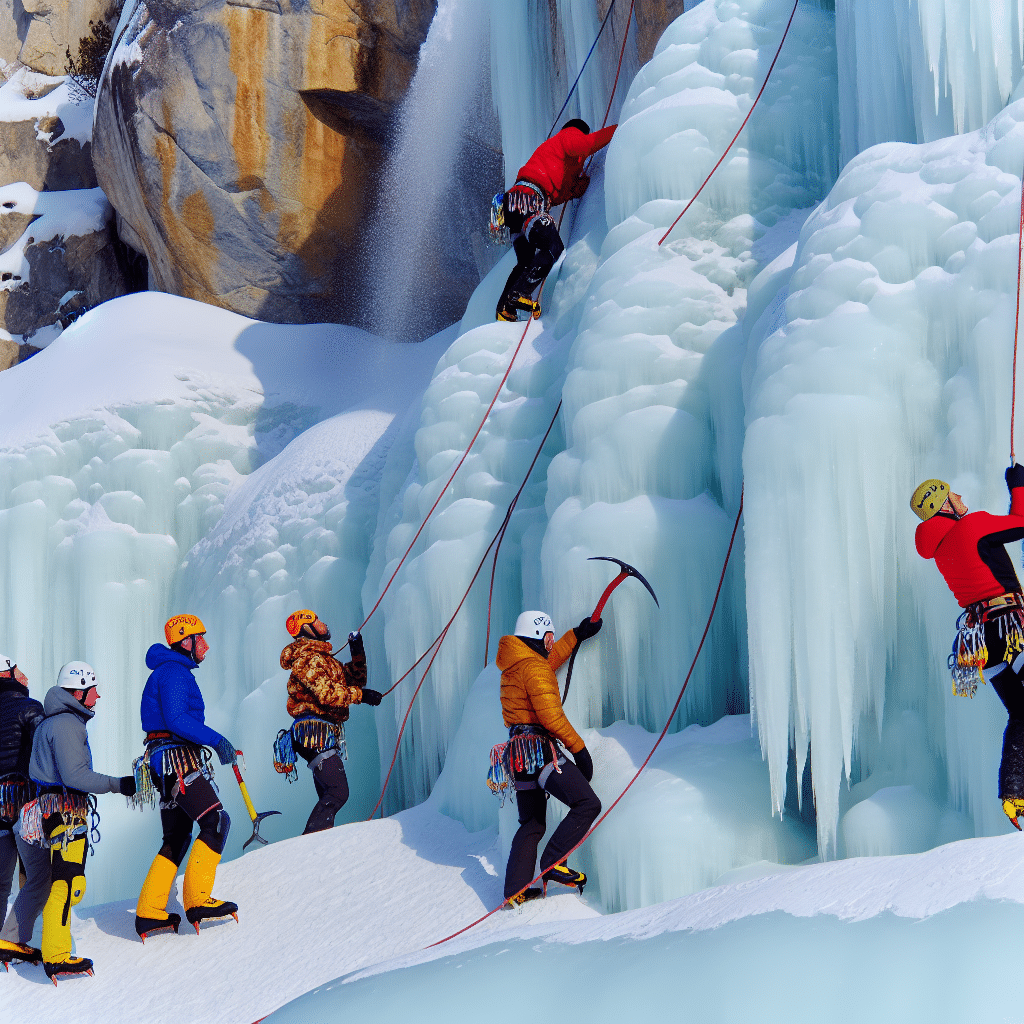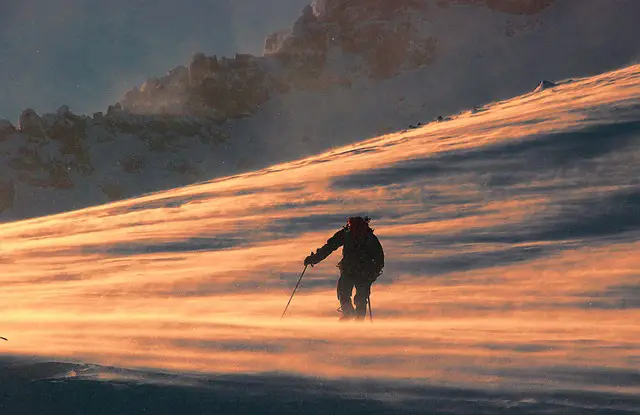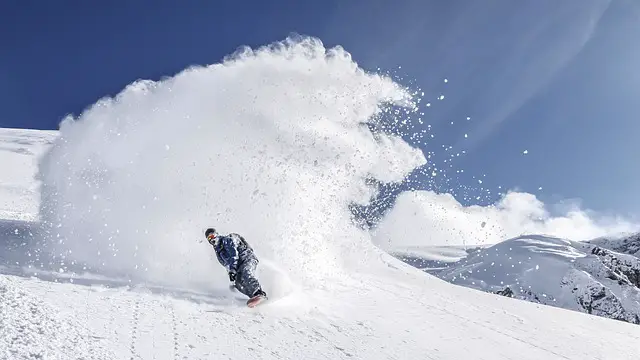Ice climbing is a sport that blends the raw beauty of nature with the sheer grit of human endurance. Ice climbing competitions elevate this already thrilling activity to new heights, where the world’s best climbers go head-to-head on frozen surfaces. If you’re curious about what makes these competitions so exhilarating and unique, you’re in the right place. Here, we’ll explore the intricate world of ice climbing competitions and delve into their history, rules, and the experience of the climbers who take on these icy challenges.
What Exactly Are Ice Climbing Competitions?
Ice climbing competitions are events where climbers navigate up frozen waterfalls, icy rock faces, or artificial ice structures within a set time frame. Unlike traditional ice climbing, which takes place in natural settings, these competitions often occur in controlled environments that offer both safety and the opportunity to standardize challenges for competitors. The goal is simple: reach the top in the shortest time or with the highest score based on specific criteria set by the organizers.
The Different Types of Ice Climbing Competitions
Ice climbing competitions can generally be divided into two main categories: speed climbing and difficulty climbing.
– **Speed Climbing**: In this format, competitors race against the clock to reach the summit of an ice wall. The winner is the one who completes the climb in the shortest amount of time.
– **Difficulty Climbing**: Here, the challenge lies in the complexity of the route. It’s not just about speed but also about navigating the hardest possible path without falling. Judges score climbers based on the difficulty of the routes they choose and their ability to successfully complete them.
A Brief History of Ice Climbing Competitions
Ice climbing as a sport traces its origins back to the early 20th century, but formal competitions didn’t gain traction until the late 1980s and 1990s. The burgeoning popularity of sport climbing and the desire for winter activities that could be performed in controlled settings spawned the first organized ice climbing competitions.
The International Climbing and Mountaineering Federation (UIAA) has been instrumental in codifying the rules and standards for these events. Since the mid-1990s, the UIAA has hosted the Ice Climbing World Cup, an annual series that draws competitors from all over the globe, featuring both speed and difficulty climbing events.
The Gear: Tools of the Trade
A climber’s success in ice climbing competitions heavily depends on their gear. Here are some of the essential items:
– **Ice Axes**: These specialized tools help climbers anchor themselves to the ice. Different axes are used for different types of ice and climbing styles.
– **Crampons**: Attached to a climber’s boots, these spiked devices provide necessary traction on icy surfaces.
– **Protective Clothing**: Given the harsh conditions, climbers wear moisture-wicking, insulated clothing to stay warm and dry.
– **Helmets and Harnesses**: Safety gear is mandatory, given the high risk associated with ice climbing.
– **Ropes and Carabiners**: Essential for safety, these tools help in arresting falls and providing a lifeline.
Inside an Ice Climbing Competition: What’s It Like?
The Atmosphere
The atmosphere at an ice climbing competition is electric. Imagine dozens of athletes in colorful gear, poised at the base of a giant frozen wall, ready to stake their claim to the top. Spectators, bundled up against the cold, cheer on their favorites as competitors take turns ascending the icy heights.
The Climbers
Participants range from young, enthusiastic amateurs to seasoned veterans who have spent years mastering the sport. Each competitor brings their own unique style and strategy to the event. Some rely on brute strength and speed, while others use meticulous planning and precise movements to navigate the icy obstacles.
The Challenges
Competitors face a variety of challenges, from brittle ice that shatters under pressure to sections that are almost impossible to grip. They use a combination of strength, technique, and mental fortitude to overcome these difficulties. The unpredictability of the ice adds an extra layer of complexity, making every competition a unique experience.
Why Are Ice Climbing Competitions So Popular?
The Thrill of the Sport
One of the main reasons ice climbing competitions are gaining popularity is the sheer thrill of the sport. Watching climbers tackle seemingly insurmountable ice walls is a jaw-dropping experience for spectators. For the climbers, the adrenaline rush of competing against the best provides a powerful draw.
A Community of Climbers
Ice climbing competitions foster a strong sense of community. Climbers often share tips, encourage one another, and celebrate each other’s successes. This camaraderie extends beyond the competitions, contributing to the sport’s growth and development.
Global Recognition
The expansion of ice climbing competitions to different parts of the world has increased the sport’s visibility. Events like the UIAA Ice Climbing World Cup and the North American Ice Climbing Championships bring international attention, further boosting the sport’s popularity.
Conclusion: The Future of Ice Climbing Competitions
Ice climbing competitions are more than just a test of physical ability; they represent the spirit of adventure and the relentless human pursuit of pushing boundaries. With advancements in safety gear and climbing techniques, we can expect the sport to continue growing in popularity. Who knows? One day, ice climbing might even become a staple event in the Winter Olympics. Until then, climbers and fans alike can revel in the thrill and beauty of scaling icy heights in these awe-inspiring competitions.




